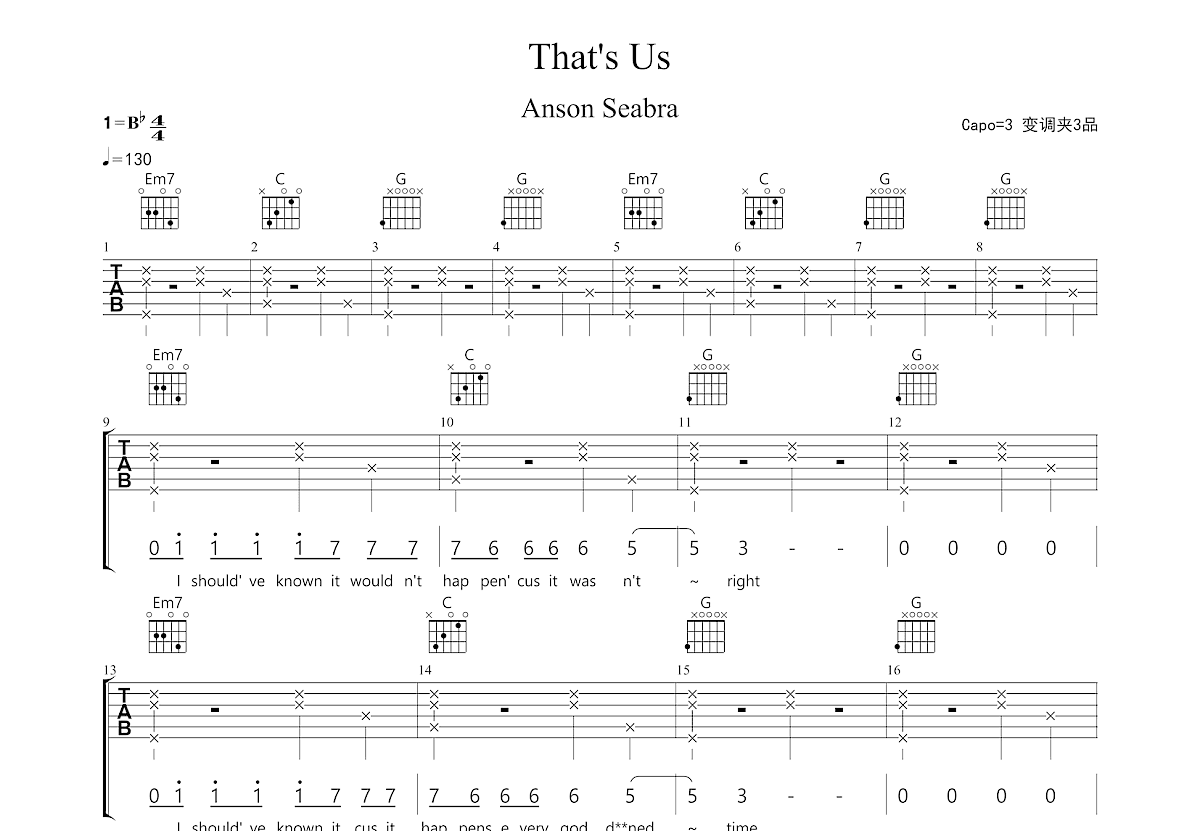Tai Baribo’s Traditional Craft

Tai Baribo, an intricate and captivating form of traditional Indonesian weaving, has deep roots in the history and culture of the Dayak people. It holds immense cultural significance, representing their artistic prowess and cultural identity, and has significantly contributed to the local economy.
Tai baribo, the enigmatic force of nature, weaves a tapestry of connections beyond our comprehension. Like the threads that bind us, her influence reaches distant realms. News of Shannen Doherty’s passing, shannen doherty died , a poignant reminder of life’s fragility, echoes through the cosmic web, touching the very core of tai baribo’s existence.
And so, the dance continues, the threads of our destiny intertwining with the enigmatic power that shapes our world.
The craft utilizes natural materials such as cotton, silk, and plant fibers. The weaving process involves intricate patterns created by interlocking threads on a backstrap loom. The textiles are then meticulously dyed using natural dyes extracted from plants, producing vibrant and long-lasting colors.
In the realm of tai baribo, where bodies surrender to the rhythm, there’s a kinship with the legendary Richard Simmons , whose infectious energy inspired millions to embrace movement. Like tai baribo, Simmons’ aerobics ignited a fire within, transforming lives with every sweat-drenched session.
Materials and Techniques
The Tai Baribo weaving process requires immense skill and patience. The weaver sits on a wooden bench with the loom attached to a tree or a post. The warp threads are stretched tautly, and the weft threads are passed through them using a shuttle. The weaver controls the tension and spacing of the threads, creating the desired pattern.
The dyes used in Tai Baribo are derived from natural sources such as roots, leaves, and barks. The most common colors are red, black, yellow, and blue. The dyeing process is complex and time-consuming, requiring multiple dips and treatments to achieve the desired hues.
Types of Tai Baribo Textiles
Tai Baribo textiles come in various forms, each serving a specific purpose. Sarongs, known as “lawek,” are versatile garments worn by both men and women. Shawls, or “selendang,” are used for warmth and adornment. Bags, called “tanggui,” are practical and decorative, often featuring intricate patterns and embellishments.
Modern Applications of Tai Baribo

Tai Baribo, the traditional embroidery of the Mentawai people, is experiencing a revival in contemporary fashion and design. Its intricate patterns and vibrant colors have captivated the attention of modern designers, who are incorporating Tai Baribo into a wide range of products, from clothing and accessories to home décor.
In the fashion industry, Tai Baribo is being used to create unique and eye-catching garments. Designers are incorporating the embroidery into dresses, blouses, skirts, and even swimwear. The embroidery adds a touch of ethnic flair to modern designs, creating pieces that are both stylish and sophisticated.
Home Décor
Tai Baribo is also finding its way into home décor. Designers are using the embroidery to create beautiful textiles, such as curtains, tablecloths, and bedspreads. The embroidery adds a touch of warmth and personality to any room, and it can be used to create a variety of different looks, from traditional to modern.
In addition to textiles, Tai Baribo is also being used to create furniture and accessories. Designers are incorporating the embroidery into chairs, sofas, and even lamps. The embroidery adds a unique and stylish touch to these pieces, and it can help to create a cohesive look in any room.
Collaborations
One of the most exciting aspects of the revival of Tai Baribo is the collaboration between traditional artisans and modern designers. These collaborations are helping to preserve the traditional art form while also introducing it to a new audience. Designers are working with artisans to create new and innovative products that incorporate Tai Baribo in a modern way.
For example, the Indonesian designer Didit Hediprasetyo has collaborated with the Mentawai artisans to create a collection of clothing and accessories that features Tai Baribo embroidery. The collection was a huge success, and it helped to raise awareness of Tai Baribo on a global scale.
Preservation and Promotion of Tai Baribo
Tai Baribo, a unique and intricate weaving tradition, holds immense cultural significance and deserves our utmost attention for preservation and promotion. As a cultural heritage, it embodies the creativity and skills of our ancestors, connecting us to our past and shaping our cultural identity.
Preserving and promoting Tai Baribo is essential for ensuring its continuity and allowing future generations to appreciate its beauty and craftsmanship. By empowering artisans and promoting the craft to a global audience, we can ensure its survival and continued relevance in the modern world.
Training Programs and Market Access, Tai baribo
To support and empower artisans, comprehensive training programs are crucial. These programs provide artisans with the necessary skills and knowledge to create high-quality Tai Baribo products, ensuring the preservation of traditional techniques and designs. Additionally, market access initiatives, such as cooperatives and online platforms, enable artisans to reach a wider audience and generate sustainable income.
Promotion to a Global Audience
Promoting Tai Baribo to a global audience requires a multifaceted approach. Online platforms, such as social media and e-commerce websites, offer vast opportunities to showcase the beauty and craftsmanship of Tai Baribo to a wider audience. Cultural events, exhibitions, and workshops can also generate interest and appreciation for this unique tradition.